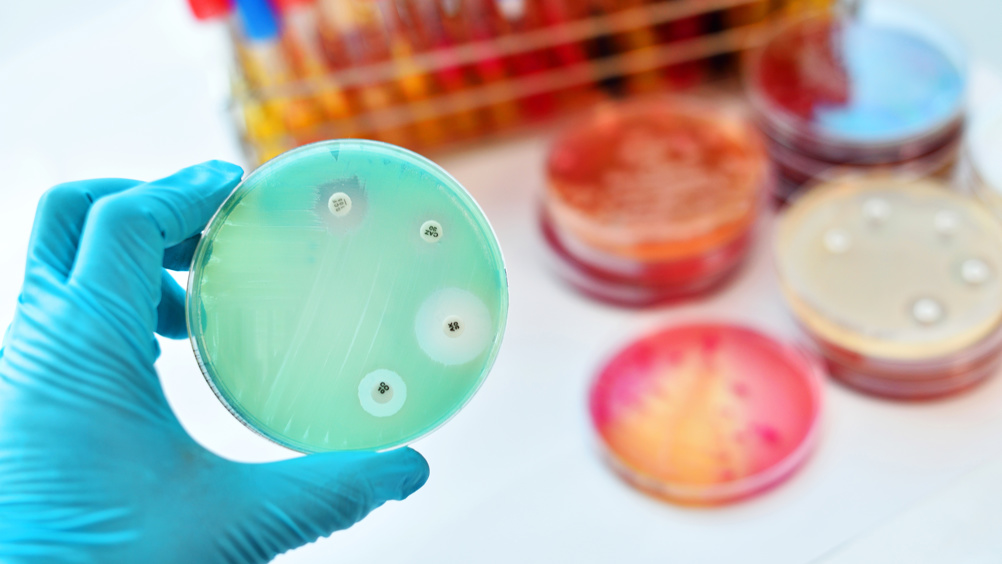CattleReview – Jan/Feb 2024

Abstract
Introduction:
In this Cattle Review we consider papers on anthelmintic resistance, assessment of colostrum and postparturient hypocalcaemia.
Farming sustainably can mean many different things, but the continued ability to control nematode parasites is perhaps one of the starkest examples of where planning for long-term sustainability is essential if we are to continue to maintain livestock outputs. Resistance to the benzimidazole and macrocyclic lactone anthelmintics is widespread in Cooperia on cattle farms in New Zealand. Since this was first documented in 2006, little has changed except for the widespread use of levamisole to control Cooperia in young cattle. A study by Sauermann et al (2024) (https://doi.org/10.1016/j.vetpar.2023.110079) reports the emergence of simultaneous resistance to the benzimidazole, macrocyclic lactone and levamisole anthelmintics in Cooperia and in Ostertagia. Anthelmintic efficacy against nematode parasites of cattle was investigated on four commercial farms following reports of poor animal growth rates and welfare, and positive faecal egg counts, despite routine treatment with combination anthelmintics, which included levamisole. Actives tested varied between farms but always included levamisole alone and several combination products containing levamisole. Of the 20 tests conducted, only 3 exceeded 90% efficacy against Cooperia, even though 8 of the products tested were combinations containing levamisole and at least one other broad-spectrum anthelmintic. Levamisole used alone achieved efficacies between 44% and 71% against Cooperia across the four trials. The only product to exceed 95% efficacy against Cooperia was a combination of monepantel and abamectin which was 100% effective against all parasites. Resistance to oxfendazole in Ostertagia was indicated on three farms, while on one farm efficacy of all the tested products was ≤75% against this parasite. The results clearly demonstrate the emergence of simultaneous resistance to oxfendazole, levamisole and the macrocyclic lactone anthelmintics. Despite years of advice and recommendations to change farming practices, many farmers are now faced with the possibility of being unable to control cattle parasites.
Register now to continue reading
Thank you for visiting UK-VET Companion Animal and reading some of our peer-reviewed content for veterinary professionals. To continue reading this article, please register today.

